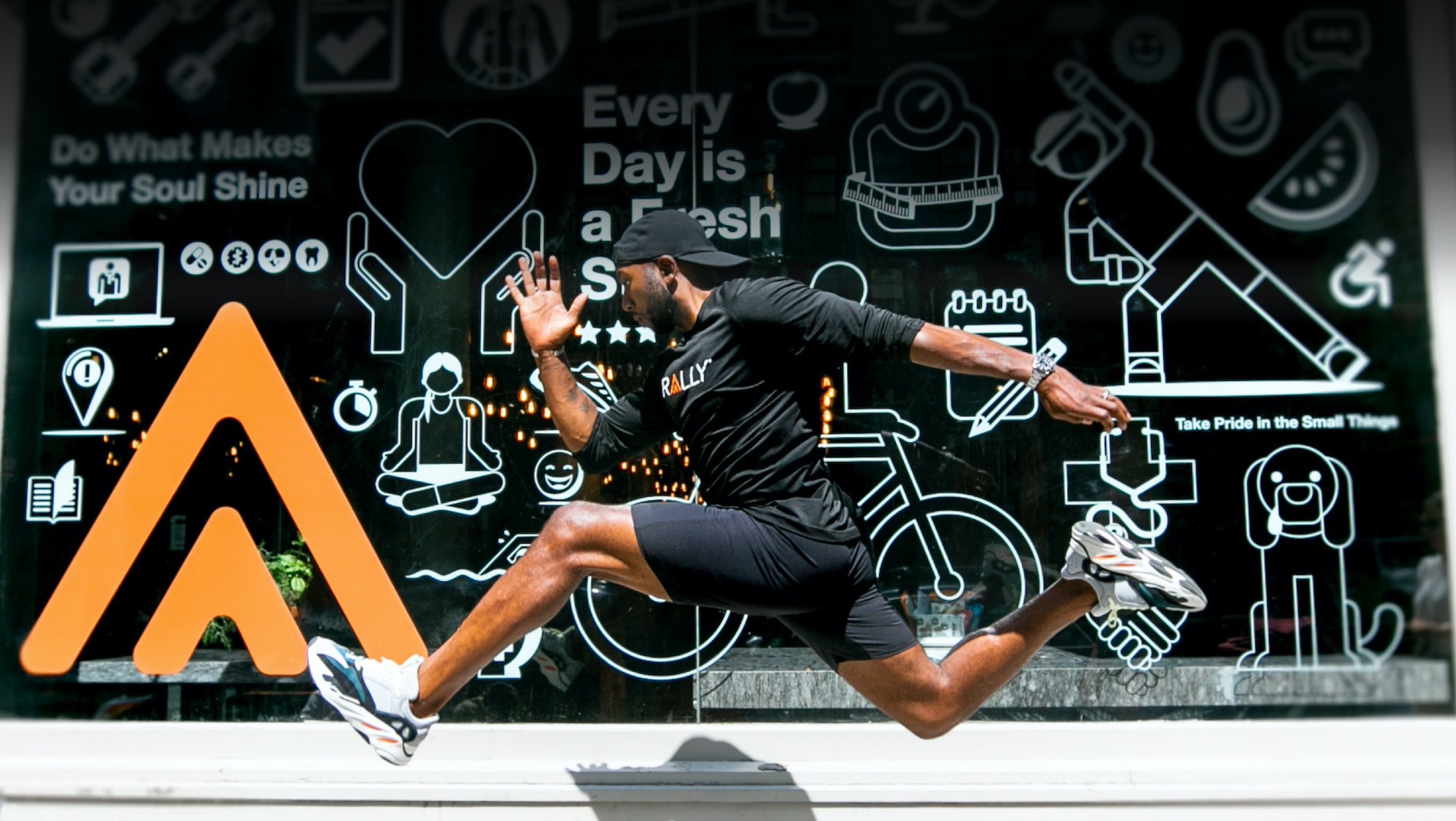stories
Chapter 1/From Adrenaline to Everyday
Where the Story Begins
How I helped GoPro shift from adrenaline to everyday through simplicity and storytelling.
GoPro was my dream job. The brand was iconic, the product powerful. But what I found when I arrived was a gap: a camera designed for extremes—but a digital presence that didn’t speak to everyday people.
I helped turn that around.
By redesigning the digital experience around human stories—not just specs—we invited people in. We launched HERO5 and Karma with immersive storytelling, rebuilt the site to feel personal and emotional, and reframed GoPro from a tool for athletes to a platform for everyone.
One of my most memorable moments was the launch of the HERO5 camera and Karma drone. Instead of transforming a flat product detail page, we designed a whole new experience—immersive, interactive, and emotionally rich. Like holding the product in your hands. Every piece of content, every word, was intentional. Every moment aimed to connect.
We weren’t just showing features. We were helping people imagine their own stories.
And it worked. HERO5 became the best-selling GoPro ever. More importantly, we began to shift the brand perception: GoPro wasn’t just for skydivers. It was for parents, travelers, creators—people like me.
Lesson learned: When you simplify complexity and lead with story, you create connection. And connection drives growth.
Chapter 2/ Designed to Coach, Built for Change.
How we built Rally Coach to turn support into habit—by meeting people where they are and keeping them going.
Rally’s mission was to help improve people’s lives. Rally Coach was our way of expanding that impact—a new platform built to guide people through their health goals, step by step.
We started with Real Appeal, a proven weight-loss program that had helped millions. But the vision was bigger: deliver human support at scale, between doctor visits, where daily choices are made.
We made it simple. Users could set goals, get live coaching, and receive personalized nudges in real time. No dashboards or diagnoses—just practical support people could actually use.
Behind the scenes, the product was complex. We had to connect personal health data, coaching workflows, and business goals, all while protecting privacy and moving fast.
What kept us focused was empathy. We designed around people’s real lives—not ideal behaviors. We turned challenges into small wins. We made coaching feel like encouragement, not judgment.
And it worked. People stuck with the program. They formed habits. They came back. Not because we gamified health—but because we humanized it.
Lesson learned: People don’t change because you tell them to. They change because they feel supported—and design can deliver that support, one meaningful moment at a time.
Chapter 3/Designing from the Inside Out
How we turned design islands into a superstream—unifying five siloed teams into one purpose-driven organization at Optum.
At Optum, the complexity scaled. Thirty-plus products. Fragmented teams. Millions of lives impacted. The only way forward was unification—with people at the core.
I led the transformation to bring design, research, content, and accessibility together under one roof. We built shared rituals, aligned on principles, and designed for connected, inclusive experiences across the entire patient journey. At this scale, good design wasn’t just about pixels. It was about systems, trust, and culture.
Lesson learned: When you put people at the center—both your teams and your users—everything else aligns.


